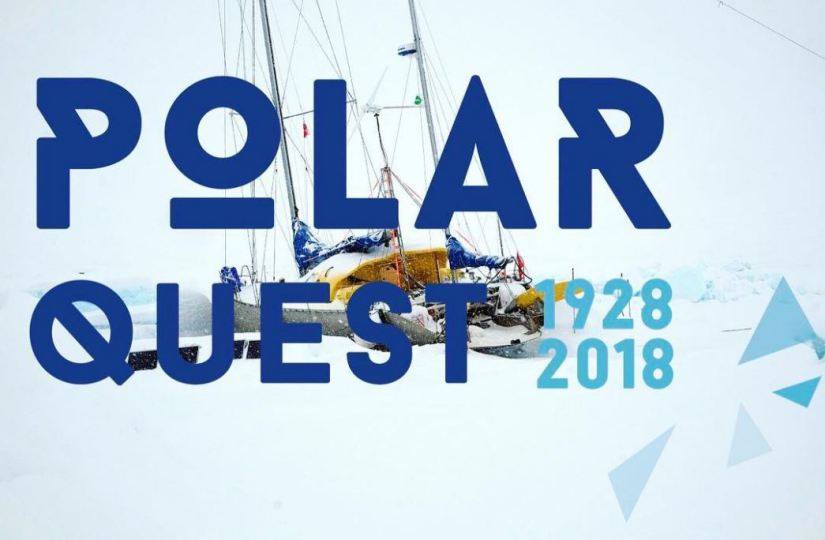Querida EWOL:
Solo quería hacerle saber que la hélice EWOL ha sido fantástica durante PolarQuest2018 hacia y alrededor de Svalbard.
Debido al diseño robusto y sobredimensionado de 4 palas, el rendimiento hacia adelante fue tan bueno como el de la hélice fija original sin aumentar el consumo de combustible (3,2 litros / hora a velocidad de crucero). Ganar mientras navega es significativo y produce mucho menos desgaste y ruido. La propulsión inversa es más impresionante y una característica más que útil cuando se navega en aguas desconocidas, donde es vital poder detenerse de inmediato. Aunque 2018 fue un año récord en falta de hielo, navegamos a lo largo del borde del hielo durante horas. Gracias al diseño «redondo» de las palas de la hélice, el contacto con trozos de hielo no dañó la hélice. La única mejora necesaria ha sido reducir el paso de las palas en la posición hacia adelante, lo que permite producir más empuje a baja velocidad, especialmente cuando se golpea contra fuertes vientos. Bueno, esto se ha hecho fácilmente!
Desde que vi la hélice en exhibición, confiaba en el diseño de EWOL y nuestra experiencia ha sido más que positiva. Gracias por tu apoyo.
Capt. Peter G. – Suiza – septiembre de 2018
http://www.polarquest2018.org/ and http://igloo.sailworks.net/
Original Text
Dear EWOL,
I just wanted to let you know, that the EWOL propeller has been fantastic during PolarQuest2018 to and around Svalbard.
Due to the robust and over-dimensioned 4 blade design, forward performance was as good as the original fixed propeller without increase of fuel consumption (3.2 litres/hour at cruising speed). Gain whilst sailing is significant and produces much less wear and noise. Reverse propulsion is most impressive and a more than useful feature when navigating in uncharted waters, where it is vital to be able to stop at once. Even though 2018 was a record year in lack of ice, we sailed along the ice edge for hours. Due to the ‘round’ design of the propeller blades, contact with pieces of ice didn’t harm the propeller. The only improvement needed has been be to reduce the pitch of the blades in forward position allowing to produce more thrust at low speed, especially when beating against strong winds. Well, this has been done easily!
Since I saw the propeller on exhibit, I was confident in the design of EWOL and our experience has been more than positive. Thank you for your support.
Capt. Peter G. – Switzerland – Sept 2018
http://www.polarquest2018.org/ and http://igloo.sailworks.net/






